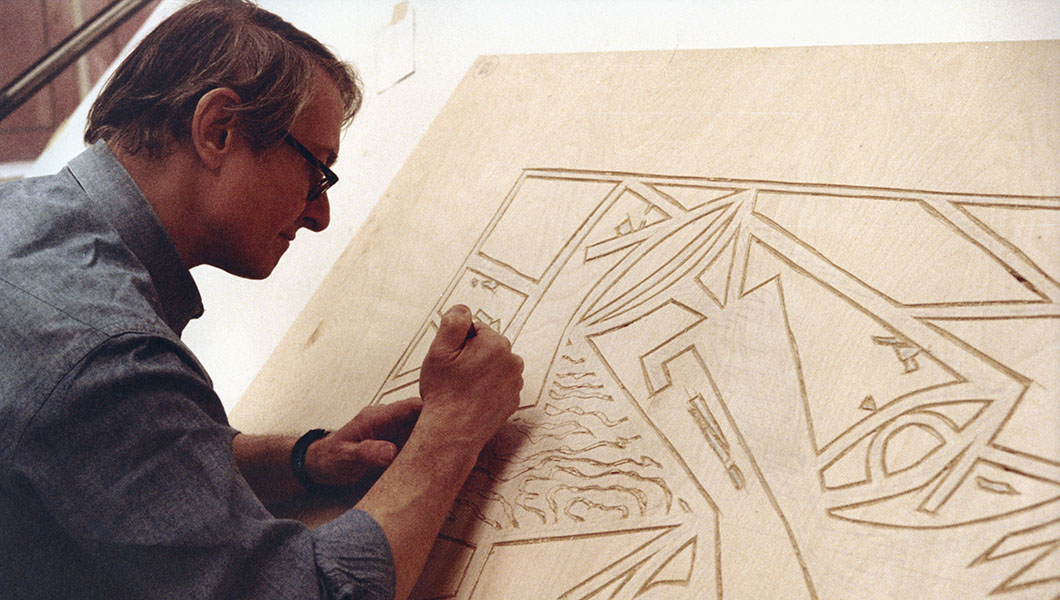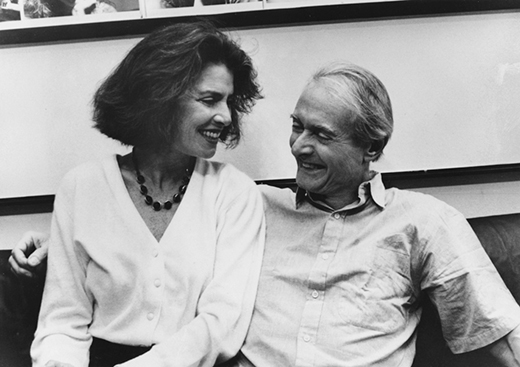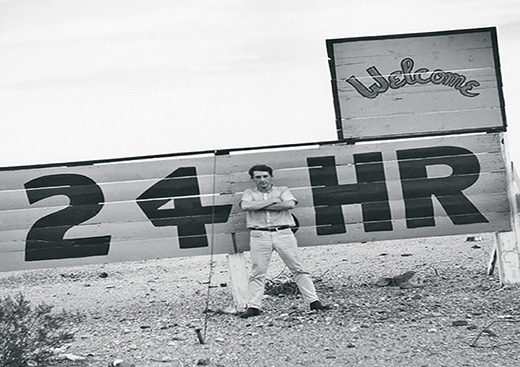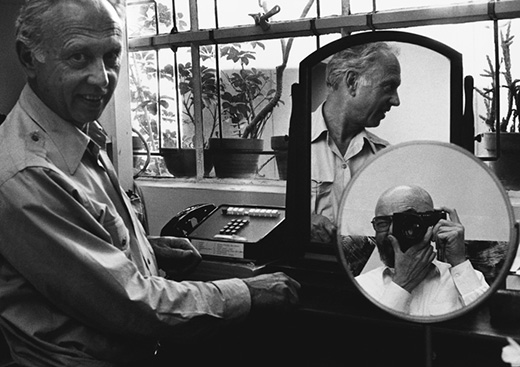GEMINI G.E.L. WORKSHOP BROUGHT CONTEMPORARY ART MASTERS TO L.A. IN THE ‘60S AND ‘70S. TODAY, IT CELEBRATES 50 YEARS WITH AN EXHIBIT AT LACMA.
“The first artist that really set the tone for Gemini was Bob Rauschenberg. He was the heart of what, in those days, was called the New York art scene,” 91-year old Sidney Felsen recalled in Humanity issue No6. When Felsen and his fraternity brother from USC, Stanley Grinstein, took over a custom printing studio in 1966, all they knew was that they wanted to be around artists. And at the time, artists were interested in making prints of their work so that it could be seen by more people and hung in more than one museum or gallery at a time. What began as a casual artists hangout, organically (and quickly) became a destination for the most iconic masters of contemporary art within the first three years. “Bob [Rauschenberg] helped us get Frank Stella. And then Bob helped us get Claes Oldenburg. And then we invited Jasper Johns. We wrote a letter to Jasper, and he agreed to come out. Ed Ruscha was here locally, and he worked with us… Ken Price worked with us during that time too, as well as Roy Lichtenstein.”
50 years later, Gemini is being recognized for its monumental influence on not only shaping the L.A. art scene, but the printmaking boom that fueled the world of contemporary art. “For the past half-century the work produced at Gemini has informed the aesthetic sensibilities of Los Angeles’s culture. To this day, Gemini remains a highly influential and pioneering workshop,” said Michael Govan, LACMA CEO and Wallis Annenberg Director.
Preview the pieces featured in the upcoming exhibit, Serial Impulse at Gemini G.E.L., which opens September 11 (through January 2, 2017), and get the inside scoop from Felsen himself on the iconic artists who flourished at Gemini:

Roy Lichtenstein:
“Phenomenally precise. If Roy would say, in July, “I’m going to be out next February 2nd” he’d come on February 2nd, and he was really very serious about working the eight hours, no goofing off… He would use an opaque projector, and he would expand up on a wall or screen the scale that he wanted, and [he’d] start working.”
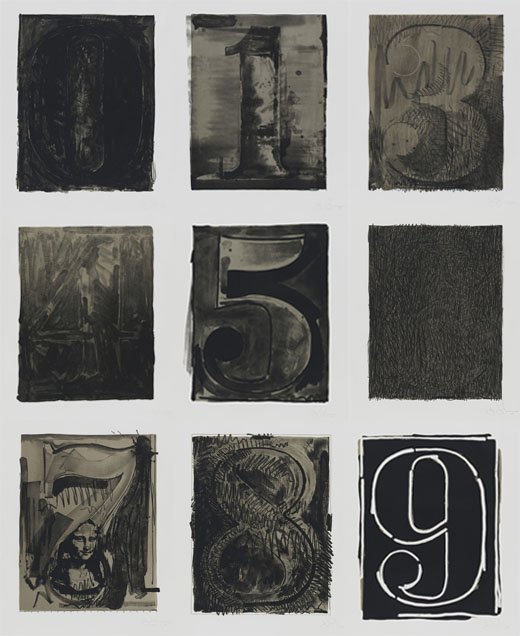
Jasper Johns:
“Very hard working, very careful, tedious the way he works. He would bring a picture of a painting, a photograph or a drawing; he wouldn’t copy it, but he’d use it as a reference. He’d look at it once in a while and use it in his imagery here. The print was always different. His drawings were different, and his prints were different than his paintings, but there were similarities and references from one to the other.”
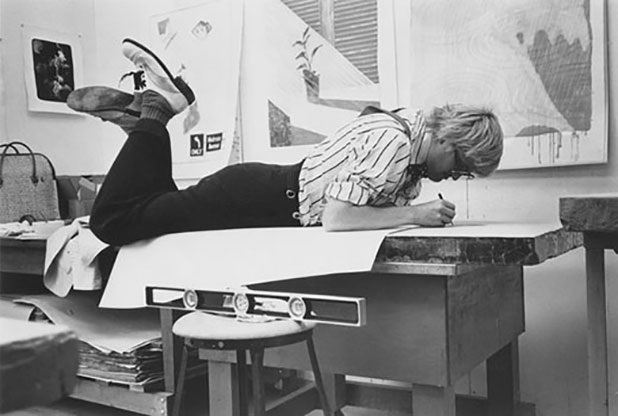
David Hockney:
“He was that British boy. David said he came to the United States and he turned on the TV and saw the Clairol ads, “Blondes have more fun.” So he went to the drug store and bought Clairol, became a blonde, and had more fun. David was something different for me in my life. His fashion fascinated me, and he was very much involved in society, worked very hard in the studio. If you go to David’s house, it’s like a Hockney painting. It’s red and green and blue, and he painted the house, everything about his life is about his life. He just sort of wove it together. Very exciting.”
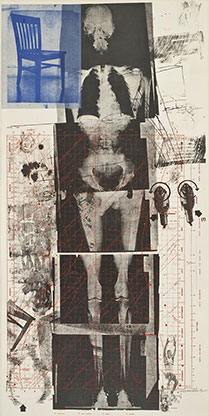
Robert Rauschenberg:
“Phenomenally open and free; terribly creative. Bob reflected off of everything he saw or heard. And he never came prepared for what he wanted to do, but knowing in his mind exactly what he wanted. He would move with whatever the atmosphere was. Bob loved to have people around him when he worked. If he was in the studio, he’d have the TV on watching soaps as long as he could. He probably would ask us to hang around and talk to him while he was working and definitely listened to everybody. Terribly exciting.”
—


